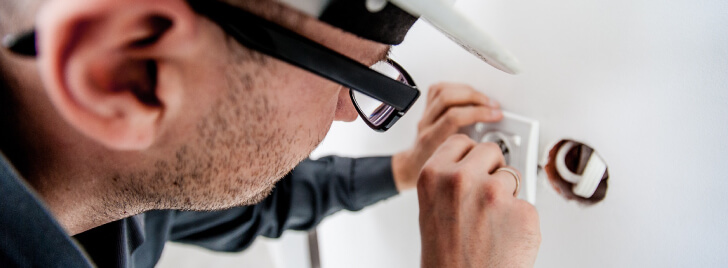While it may be common to think that just a little bit of a “house power” shock may not cause any damage, it’s not unheard of for workers to be electrocuted or burned while on site. Use the following tips to keep you and your crew safe.
- Extension cords - Normal extension cord wear and tear can create loose and exposed wires. OSHA permits only 3-wire hard or junior hard service extension cords to be used on construction sites. Also, make sure your cords are in good shape and are protected when run through doors, windows or floor holes.
- GFCI Protection - Ground-fault Circuit Interrupters should be used to protect extension cord usage, generators and temporary power poles even if the cords are plugged into the permanent wiring of the house. GFCIs are used to balance out the circuit flows and will shut down in the case of an extreme imbalance.
- Overhead Power Lines - Unless your power lines are de-energized or guarded, all workers must maintain a minimum of 10-foot distance between scaffolds, ladders or other equipment and the power line. For cranes, it increases to a 20-foot distance. In some cases, spotters or clearance alarms may be put into place if the operator may not be able to judge the distance accurately.
- Underground Power Lines and Utilities - Since the depth and location of utility lines varies per location, it’s always best to identify them before beginning any project that requires digging. By dialing 811, you can get your lines marked to save the infrastructure and your workers from hazardous injury or penalties.
- Lockout/Tagout - Always have a lockout/tagout system in place to prevent electrocution caused by the specific machinery and equipment used on your site. Make sure you and your crew know the exact precautions to take for each project in case something does happen.

